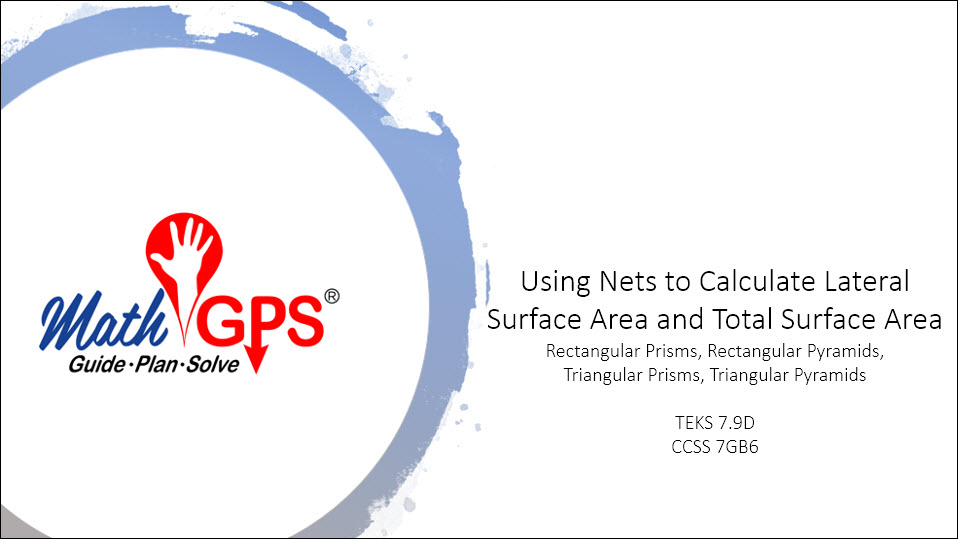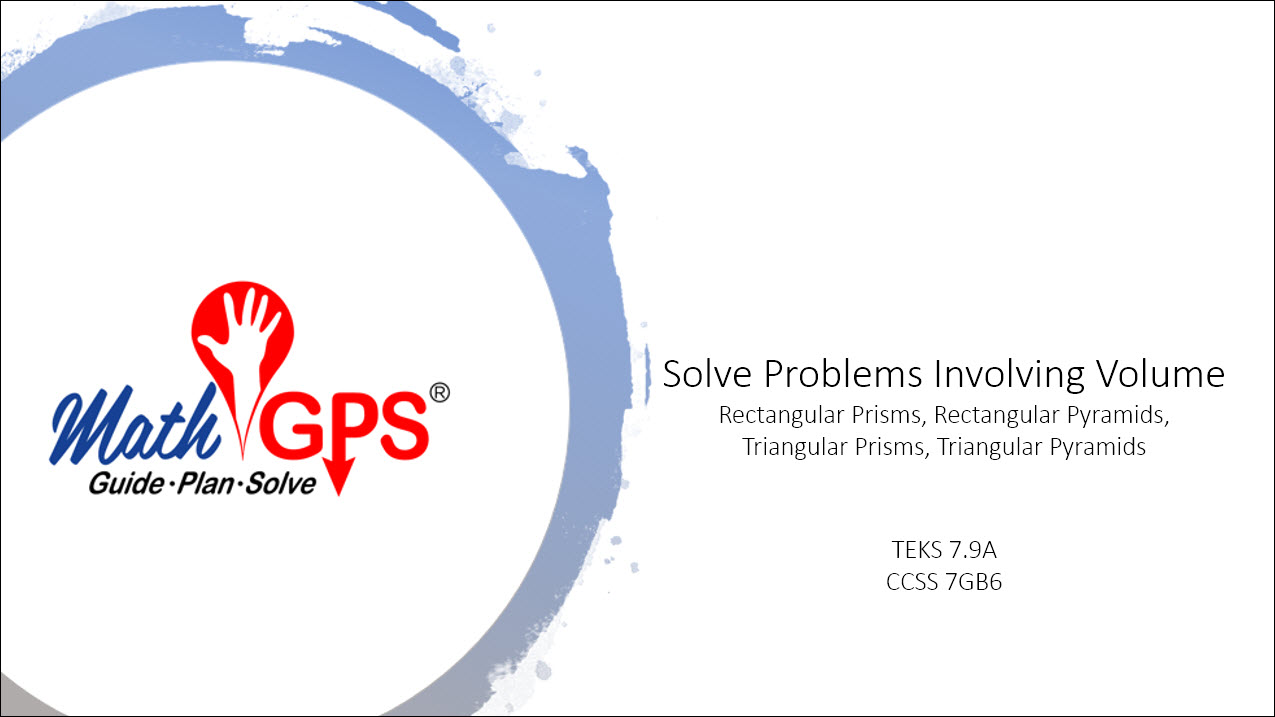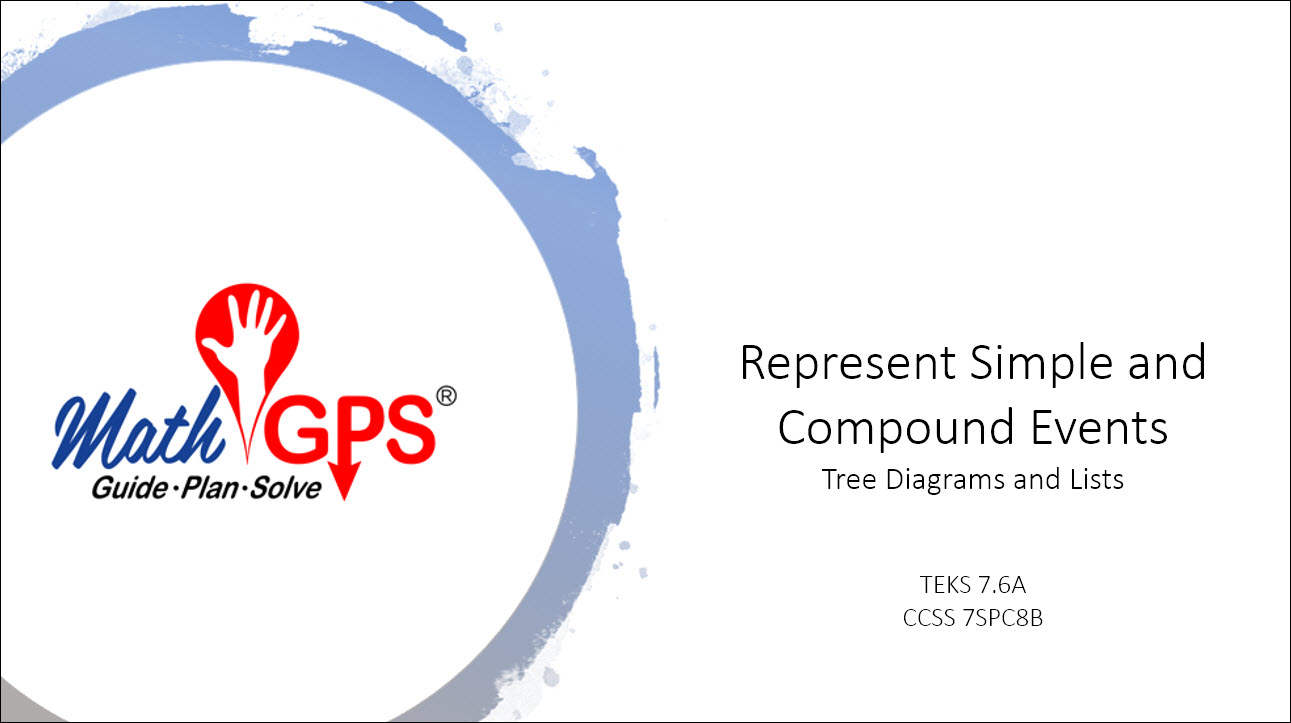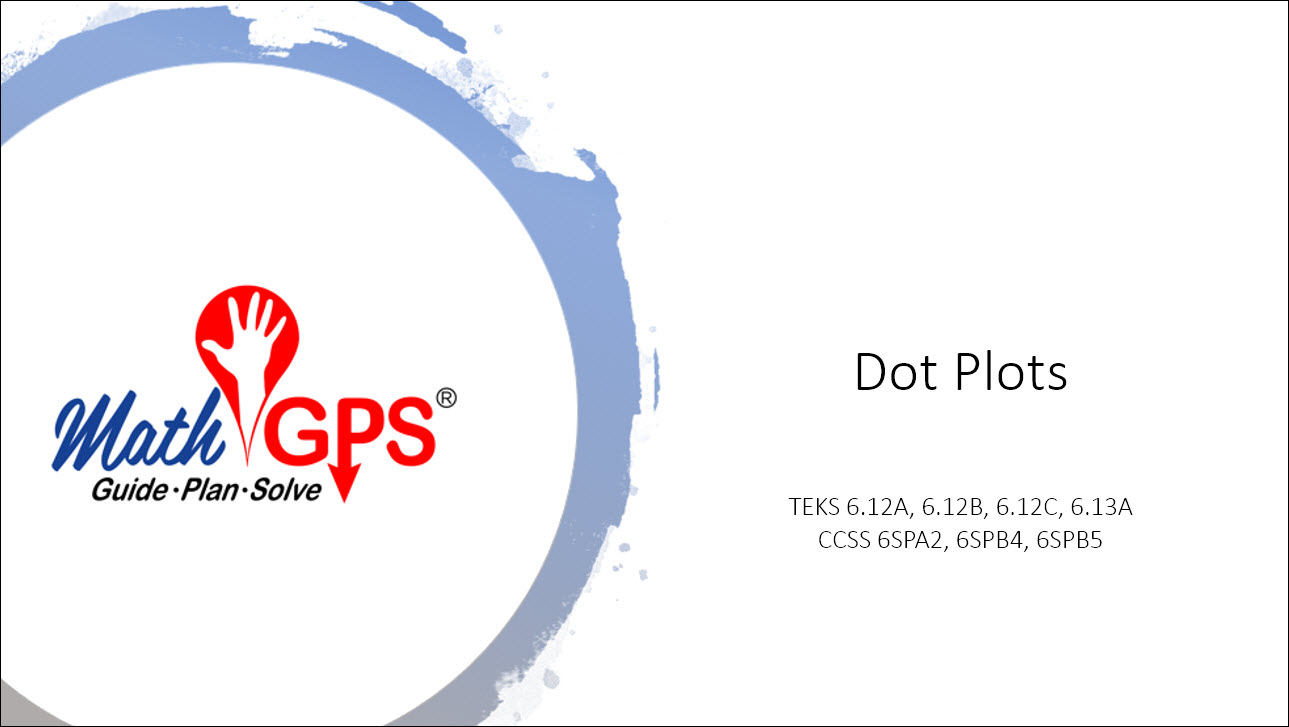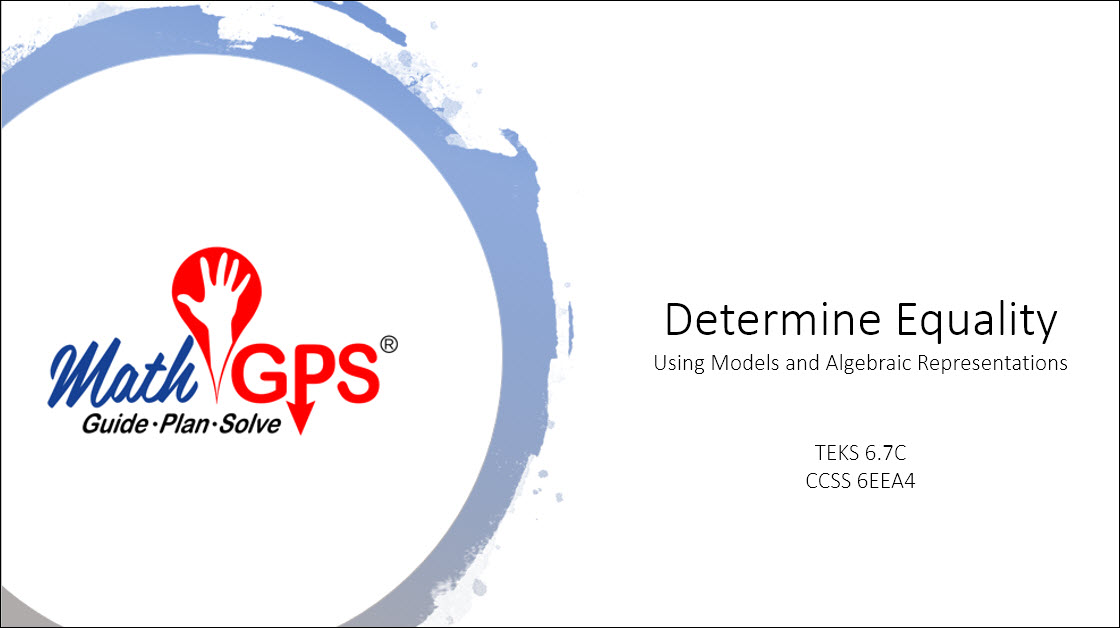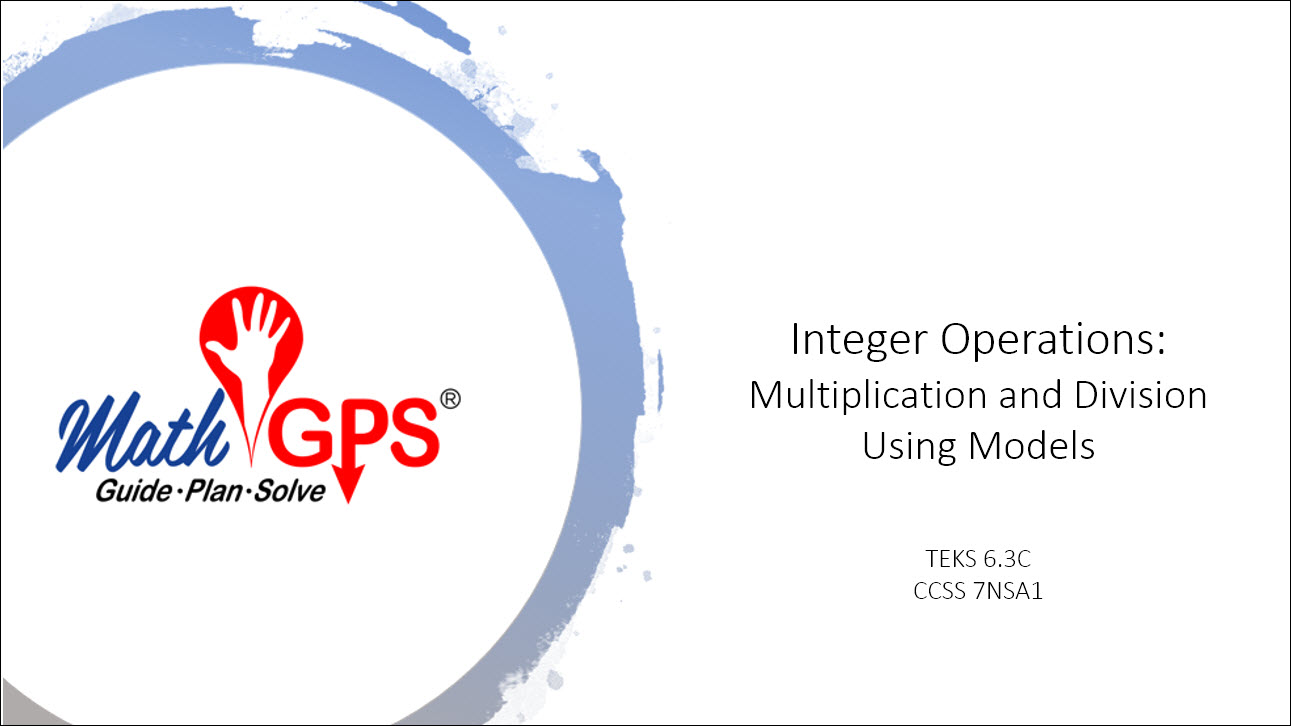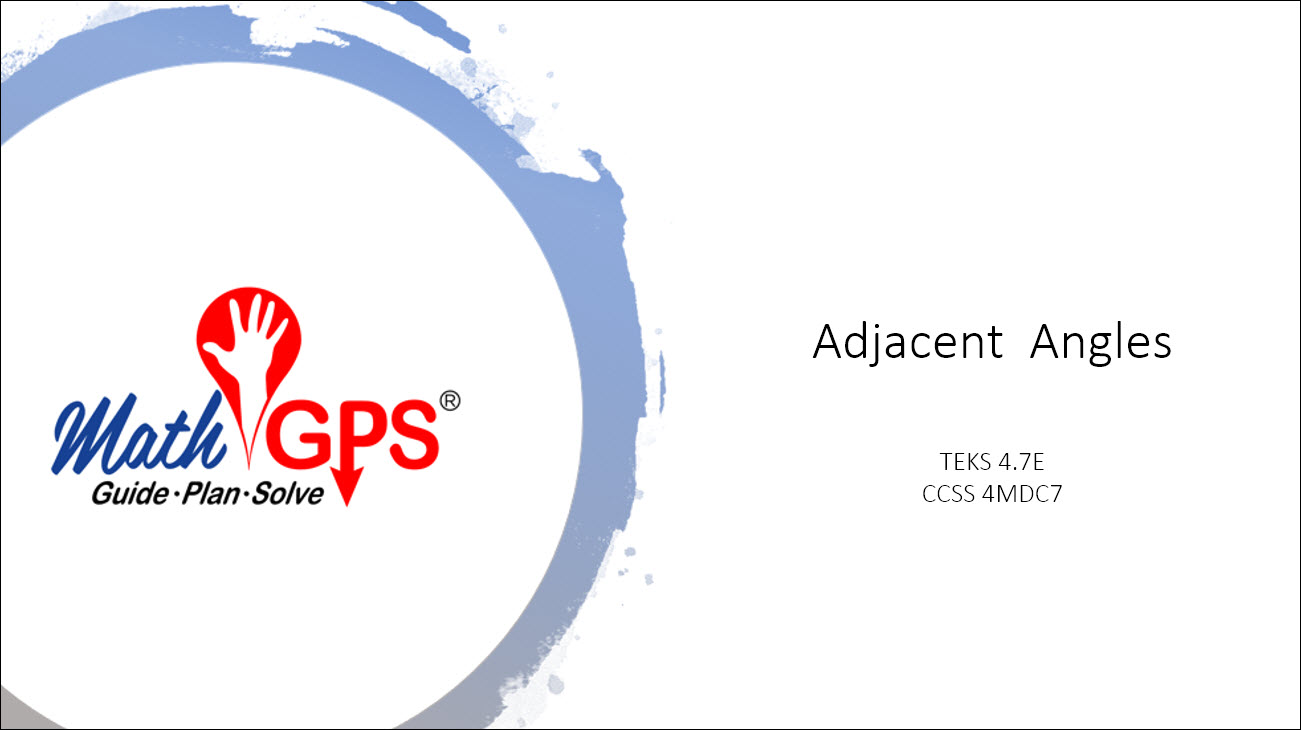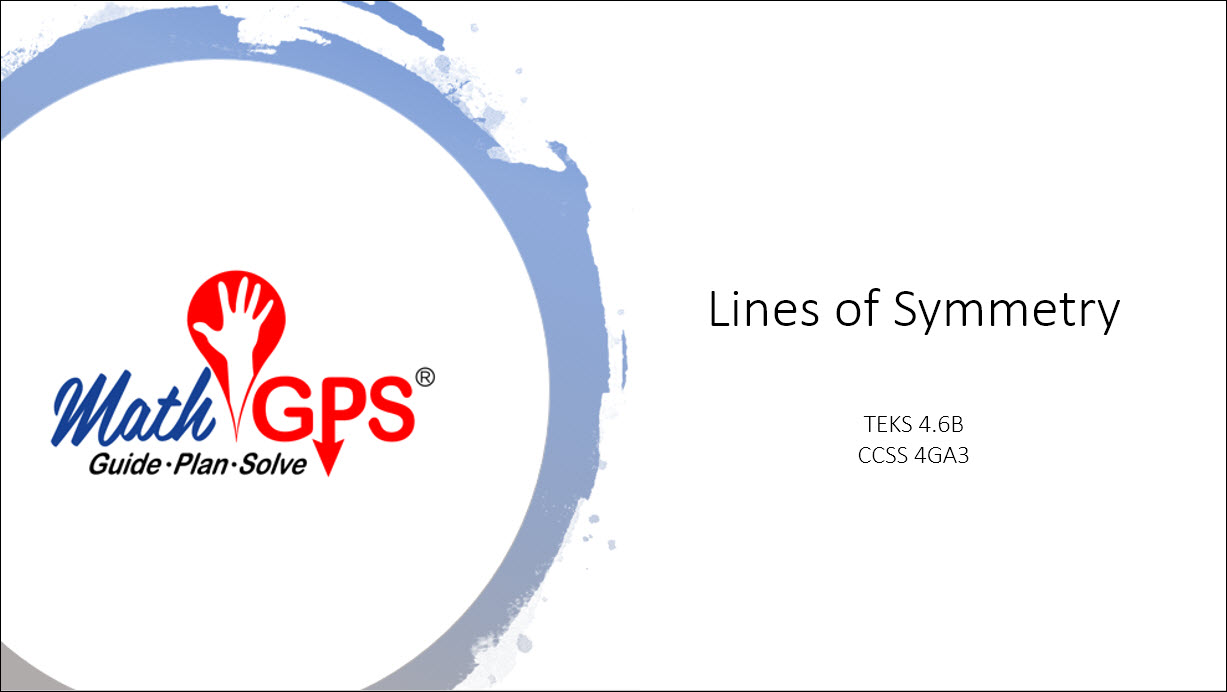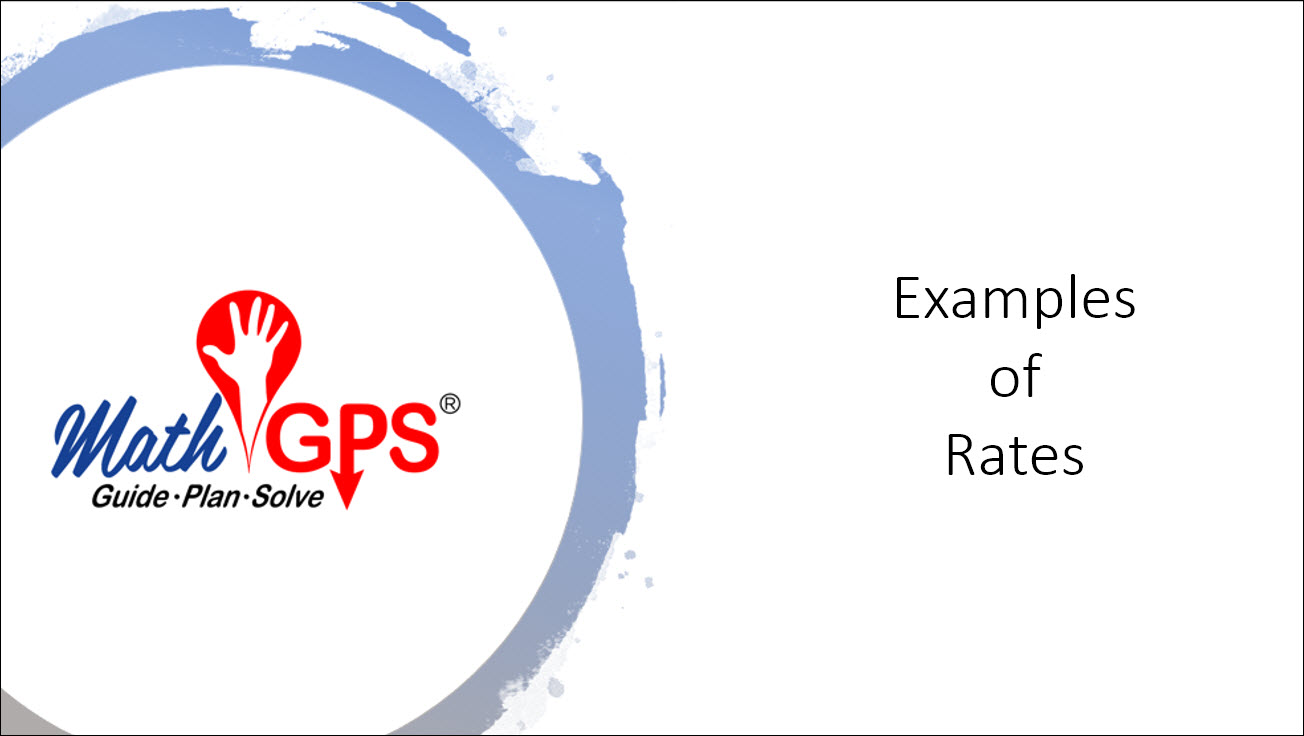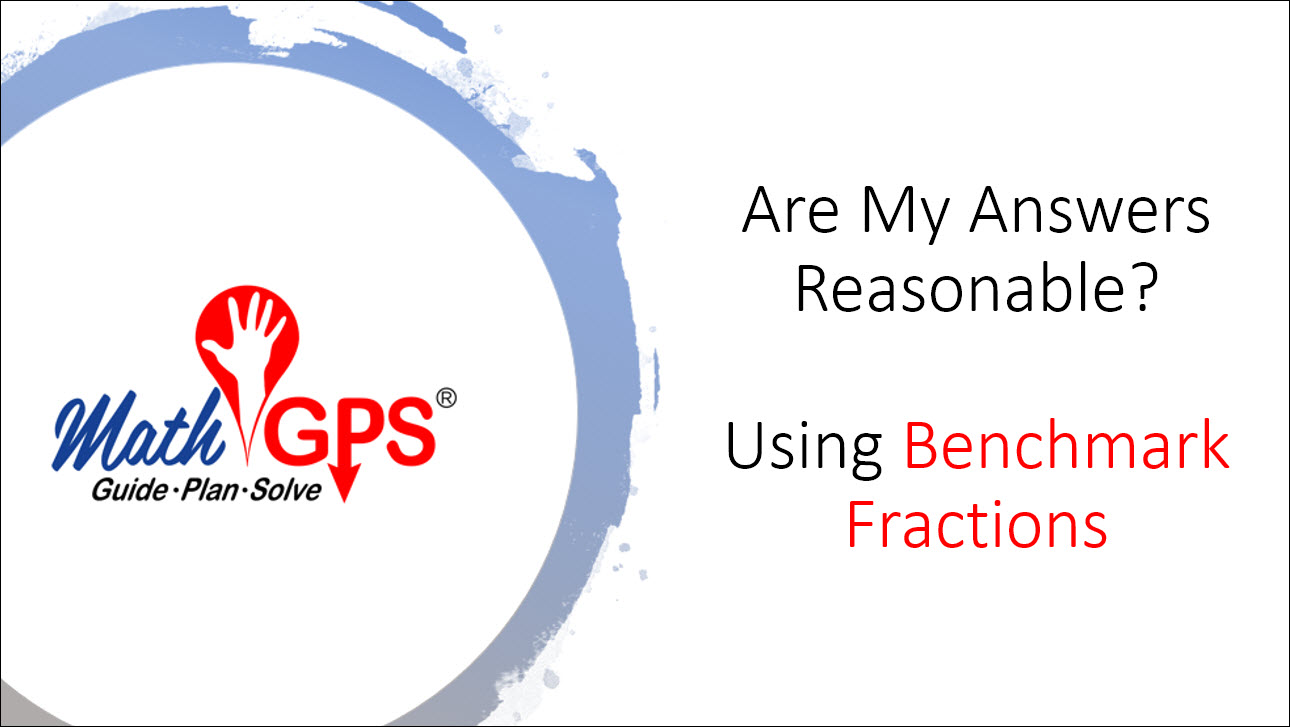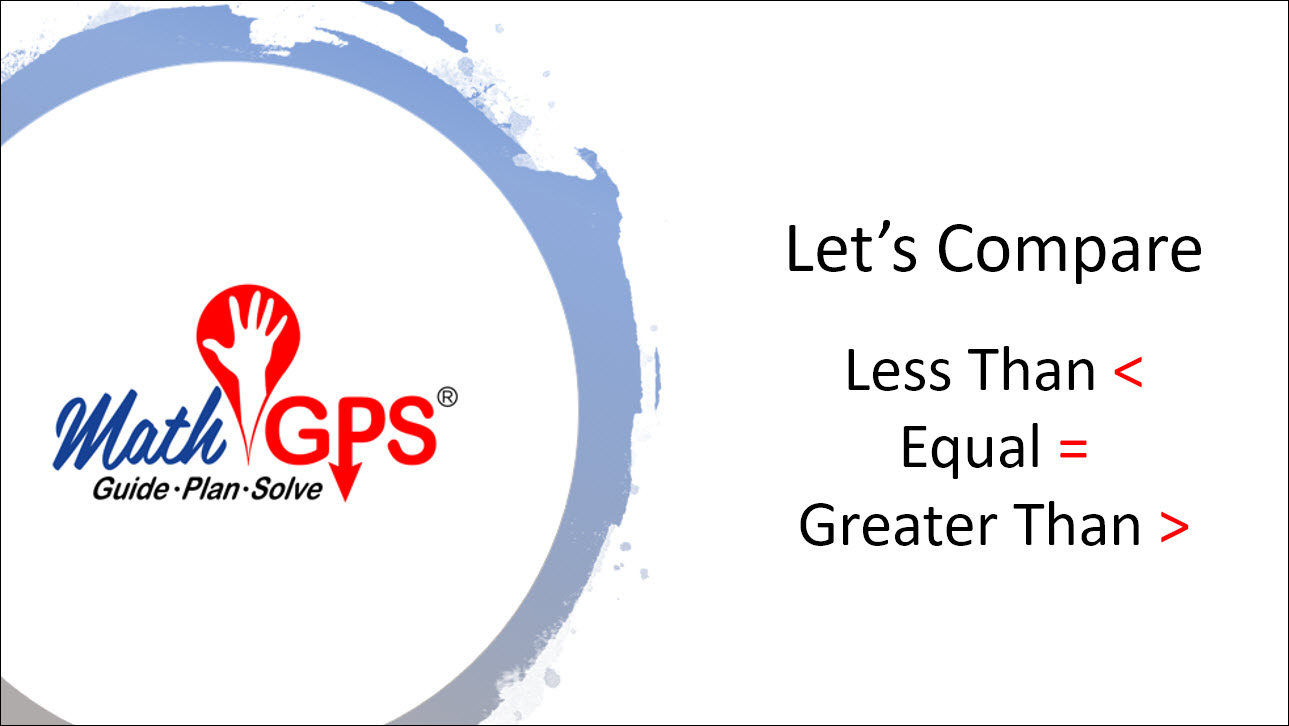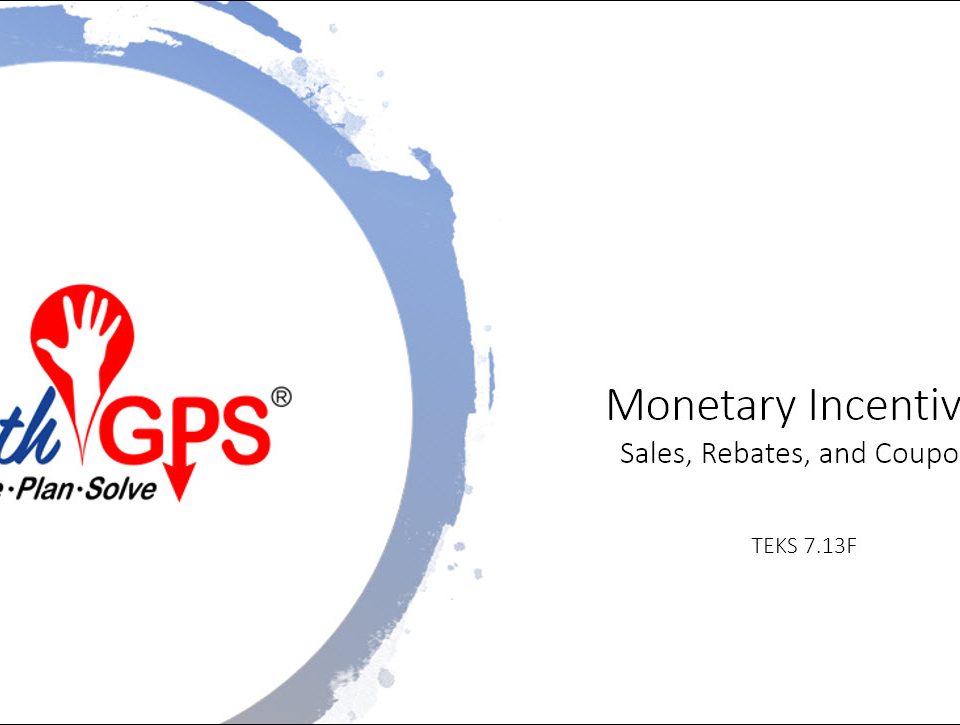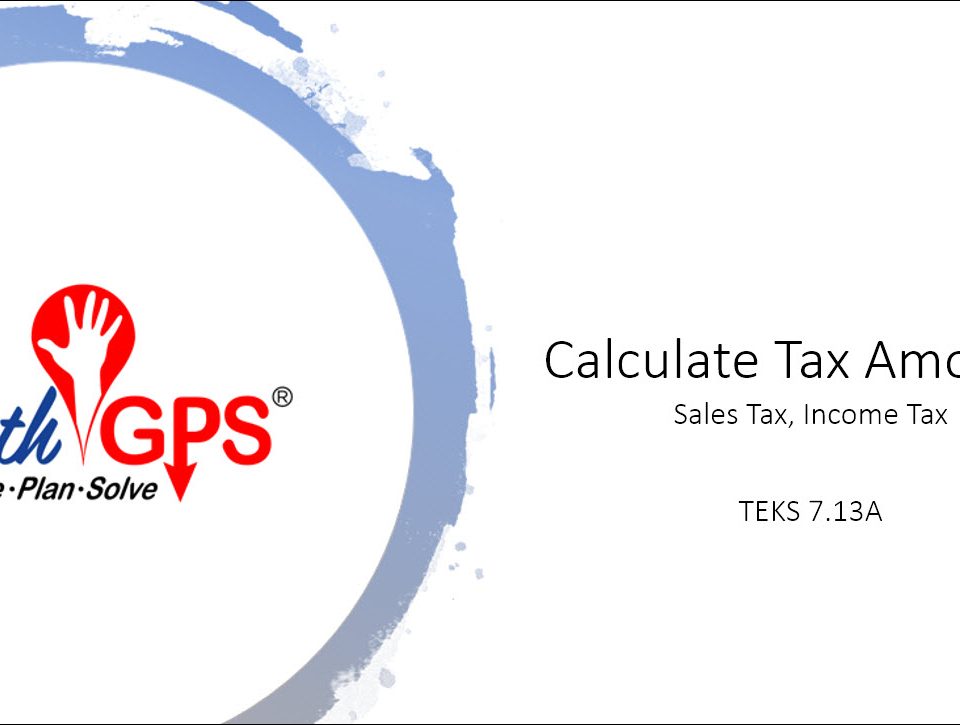-

-

-

-

-

-

-

-

-

-

-

-

-

-

-

-
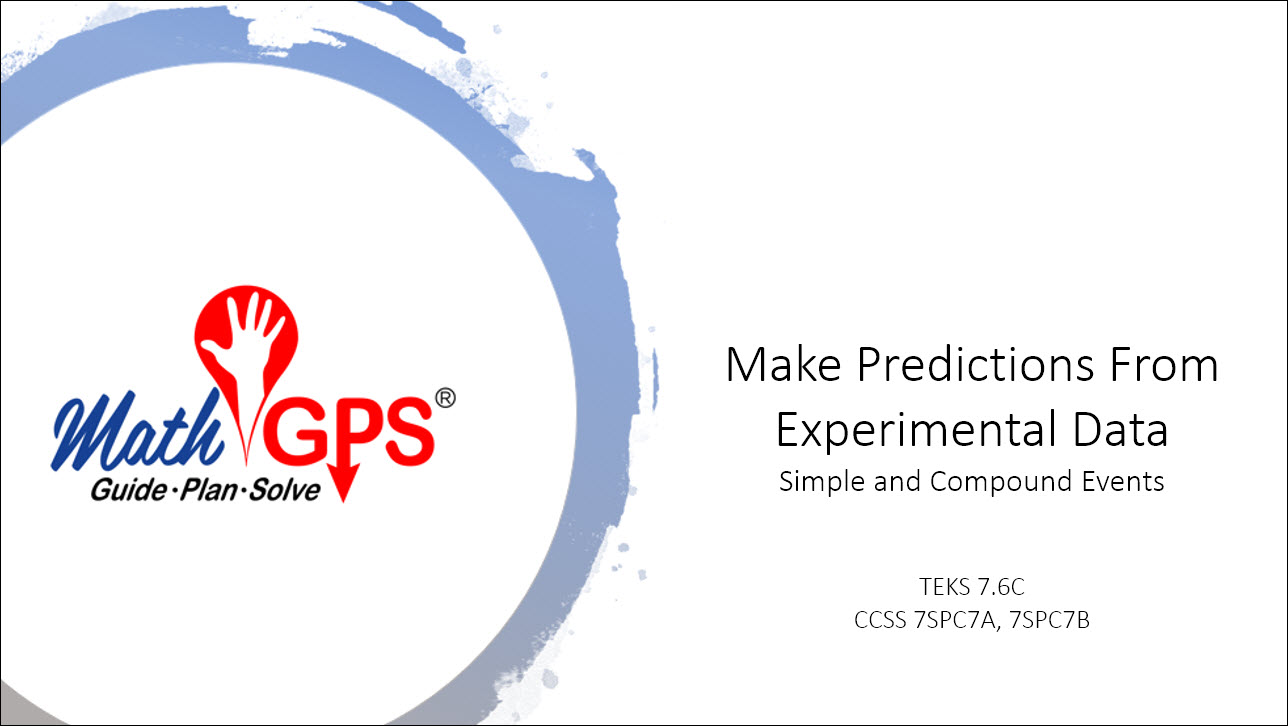
-

-

-

-

-
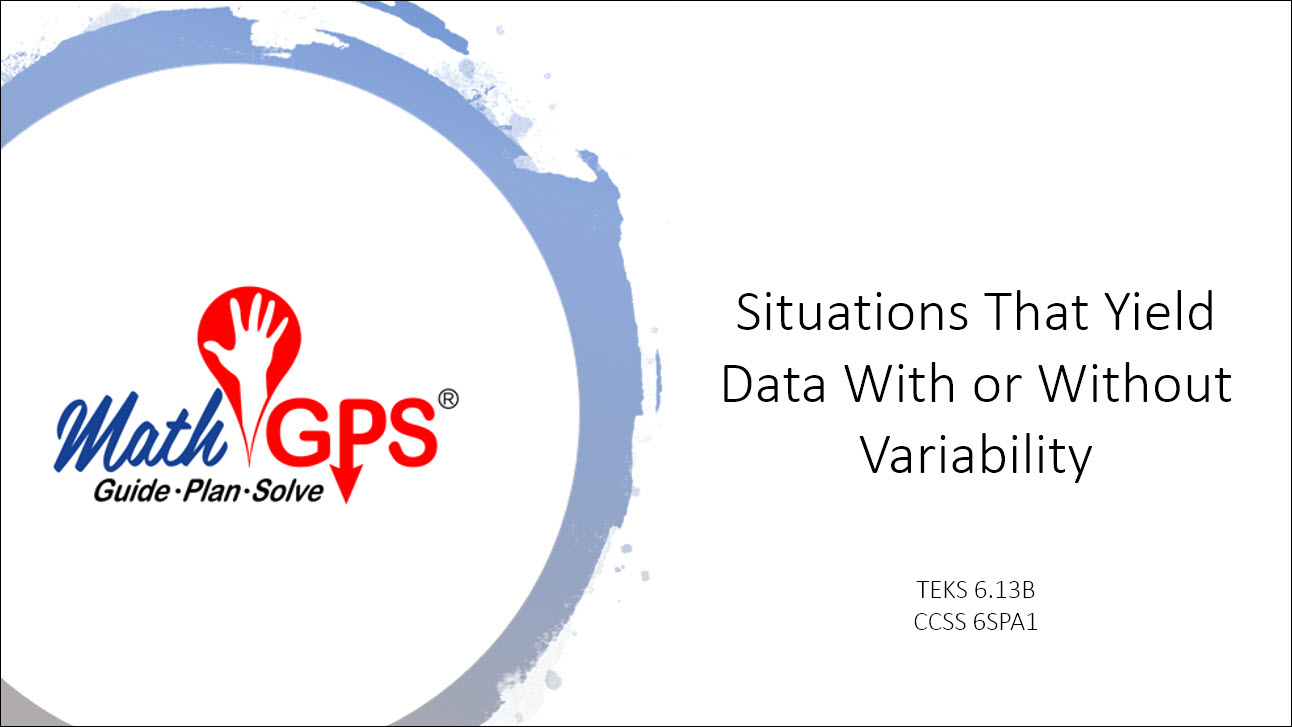
-

-

-

-

-

-

-

-

-

-

-
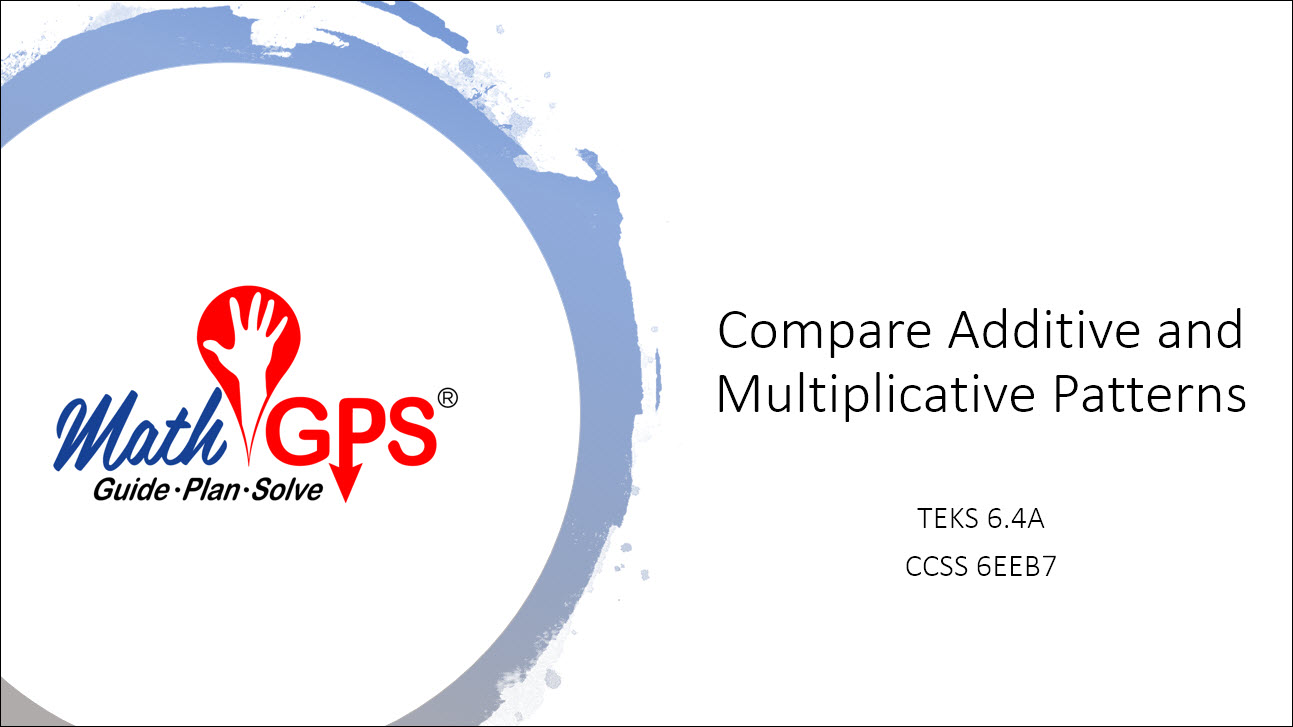
-

-

-

-

-
 Grades:TEKS:Common Core:
Grades:TEKS:Common Core: -
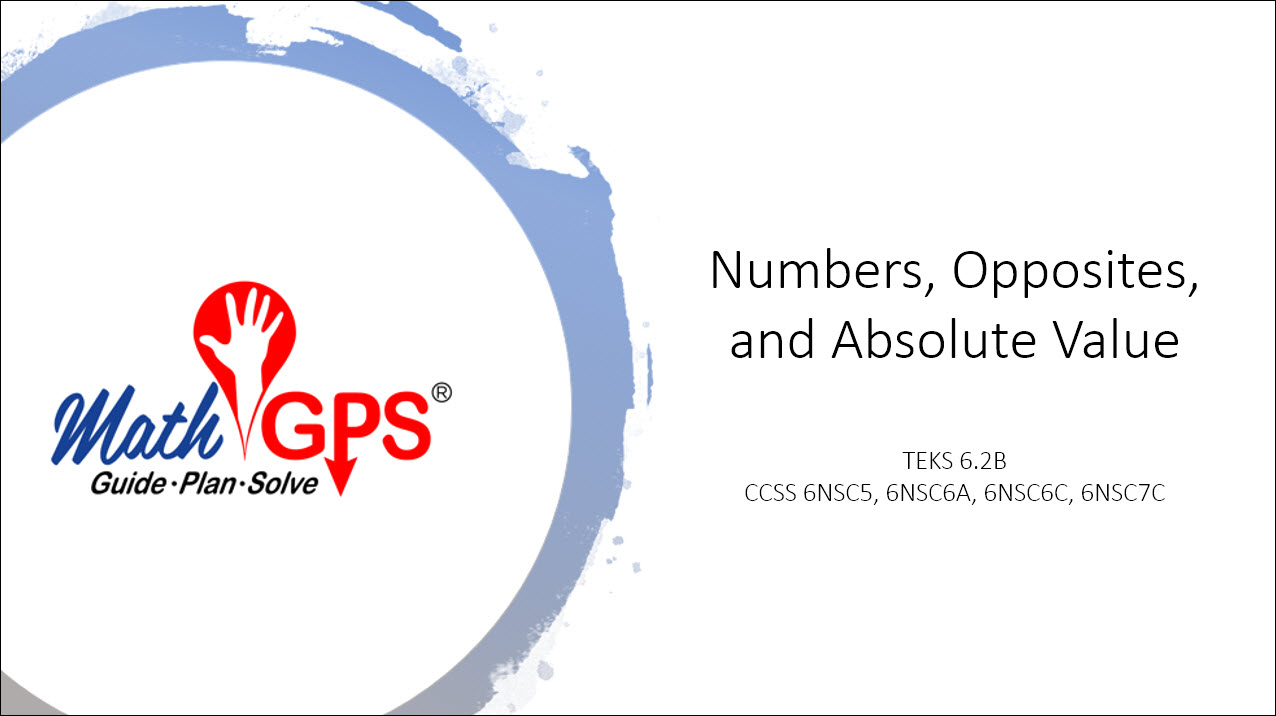
-

-

-

-

-

-

-

-

-

-
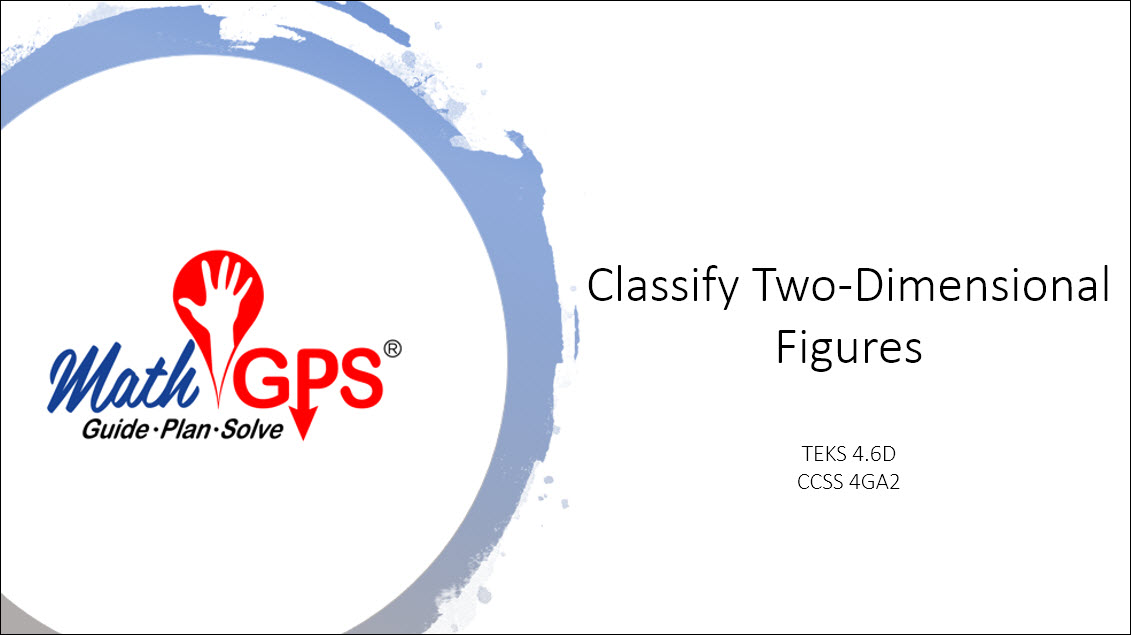
-

-

-

-

-
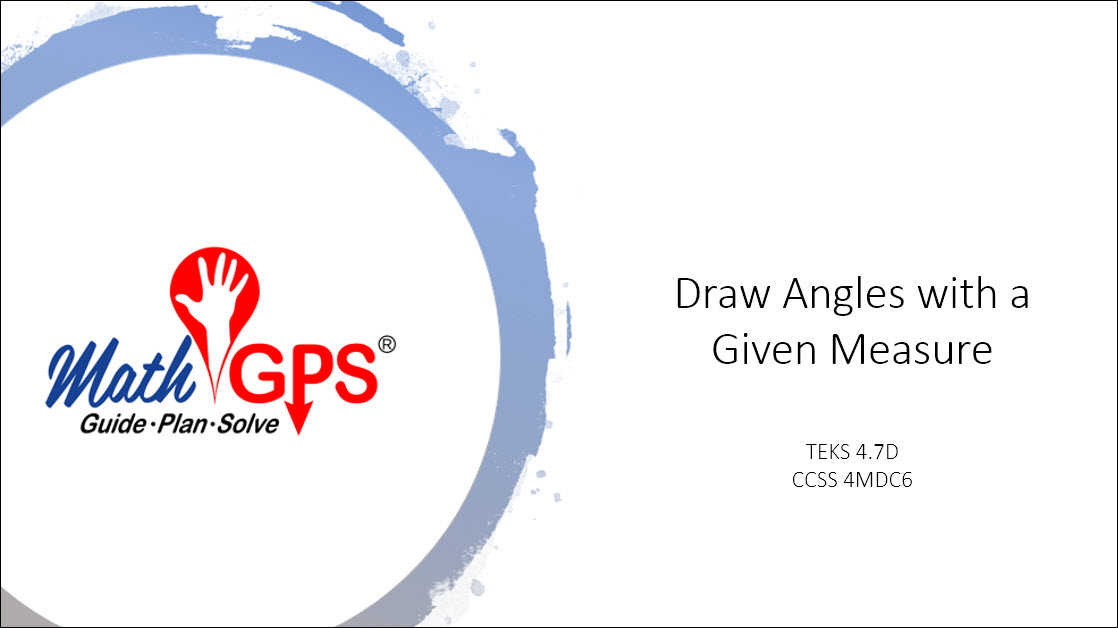
-

-

-

-

-

-
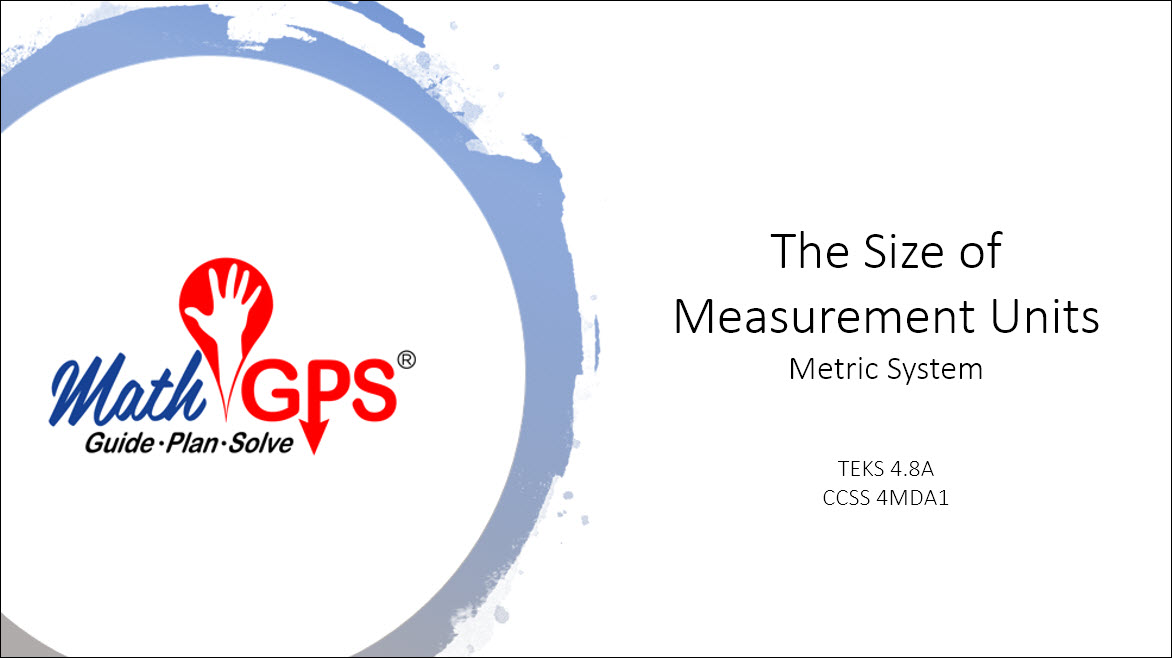
-

-
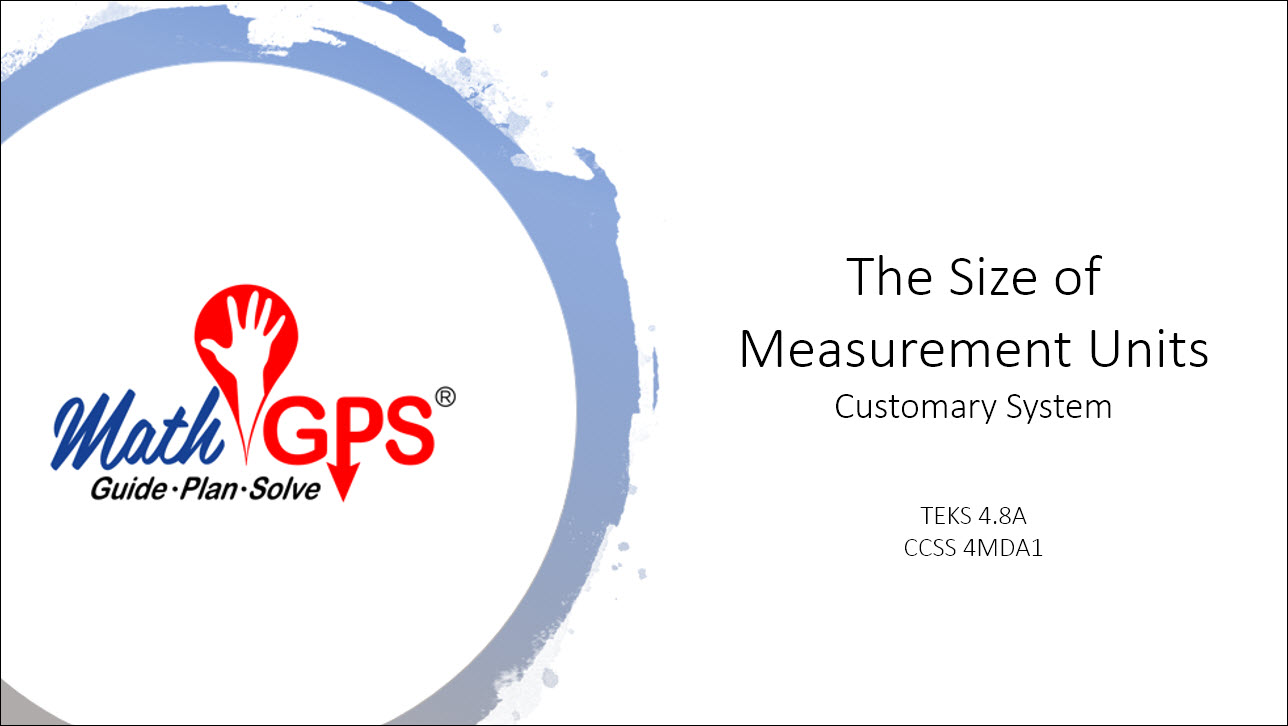
-

-

-
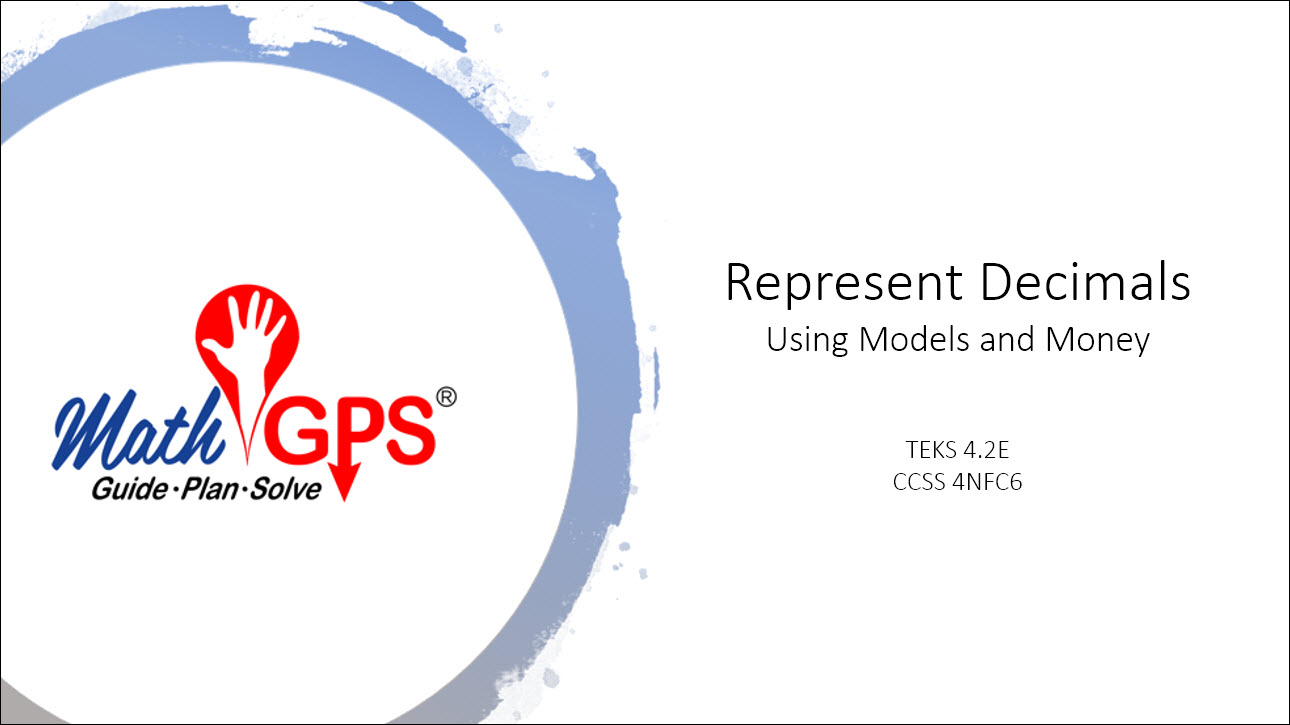
-

-

-

-

-

-

-

-

-

-

-

-

-

-

-

-

-

-

-

-

-

-

-
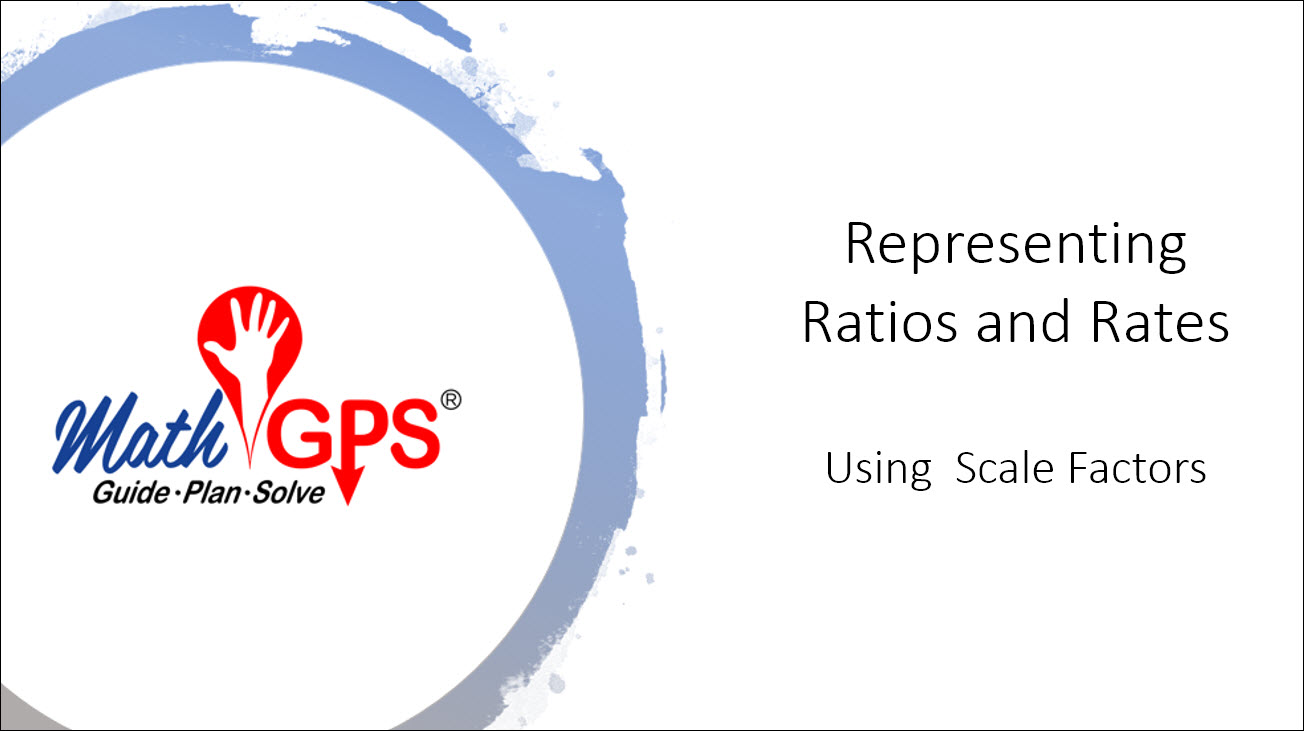
-

-

-

-

-

-

-

-

-

-

-

-

-

-

-

-
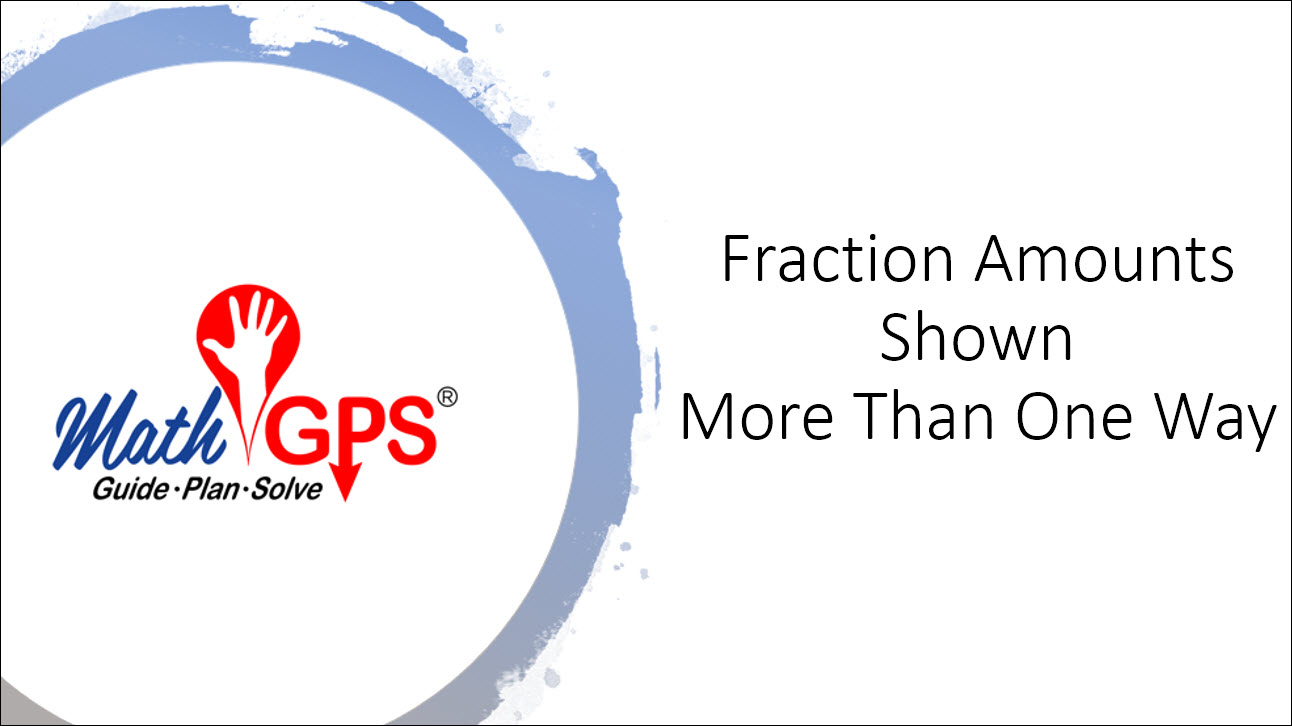
-

-

-

-

-

-

Play and Download Instructional Videos
FREE Videos for Grades 4-7 have expired, but don't worry! Despite rising costs, you can now have an entire grade level of indexed videos delivered to you for one low price. Watch them offline. Watch in your classroom. Now you don't have to worry about your Internet connection. There are also a dozen videos marked FREE below, if you would like a preview before ordering. Please click here to browse the grade-level USB drives on the order page.
Click a title or thumbnail below to jump to that video.
Would you like a USB with all the videos for your grade level? Click here to order grades 4-7 now.
Looking for Grade 4-7 samples? Please choose a grade level below.
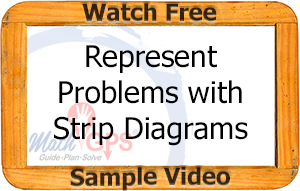





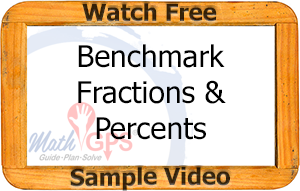





| TEKS | Video Link |
|---|---|
| G9B | Special Right Triangles |
Arranged by Common Core Standards
1Browse below or click here to select a standard.
Play and Download Free Resources
Click a title or thumbnail below to jump to that video.
View by Common Core Standards.











| TEKS | Video Link |
|---|---|
| G9B | Special Right Triangles |
Arranged by Common Core Standards
1Browse below or click here to select a standard.





